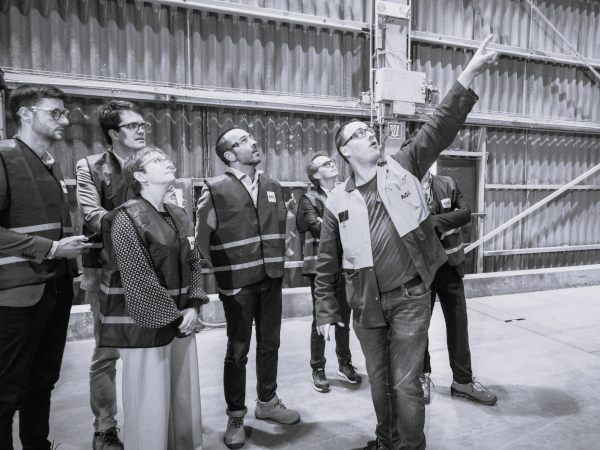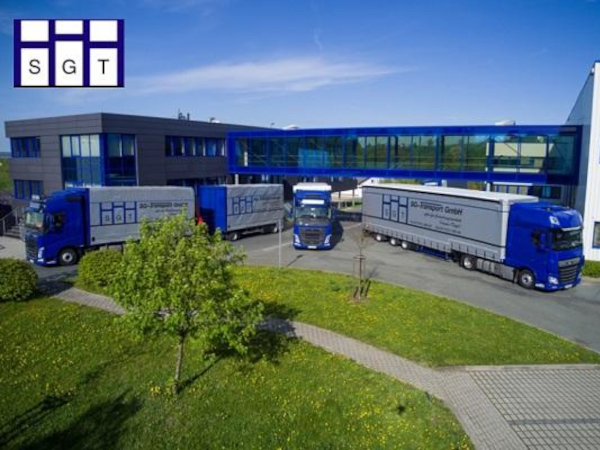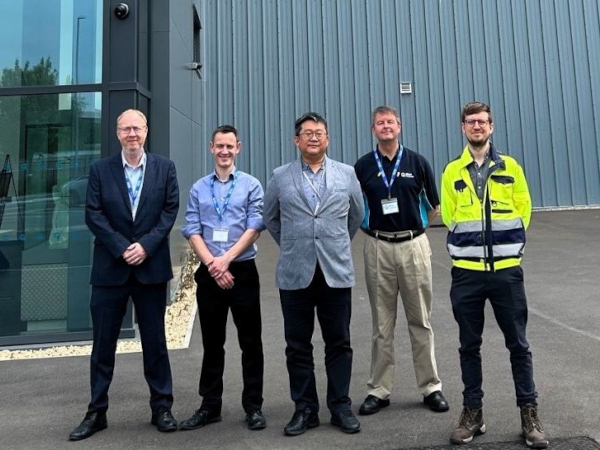Date: 15 October 2014
It is capable of generating 20.5 megawatts and stands as the largest mega solar power system in Kitakyushu City. The light-weight dual glass solar panel developed by Mitsubishi Electric Corporation mounts Leoflex, a light-weight and strong glass, on both sides of a panel and a frame made of Plalloy, a light-weight and rust-resistant material. Both Leoflex and Plalloy exhibit distinctive features in terms of lightness and durability, having contributed to improving the service life of a mega solar power system as well as significantly reducing operational burdens at construction.
Light-weight Solar Panel Equipped with Glass on Both Sides
The light-weight dual glass panel that Mitsubishi Electric Corporation developed uses glass with excellent humidity resistance on both sides, enabling a panel to be protected from deterioration over the long term and to raise reliability. Furthermore, using Leoflex, a thinner and stronger glass, made it possible to reduce panel weight by approximately 20 percent compared with that of an ordinary one-sided glass panel.
FRP Frame
The frame made of Plalloy, a light-weight rust-resistant material, exhibits excellent durability even under severe environmental conditions. In addition, some of the frames are equipped with a newly-designed workable structure developed jointly with NTT Facilities, Inc., by which operational efficiency at construction has significantly improved. The frame with the new design received a Good Design Award 2014.
As Eneseed Hibiki Solar Photovoltaic Power Plant is located in a coastal area, the deterioration of solar panels and the corrosion of the frame caused by sea water had been sources of concern. However, using light-weight glass and the FRP features has resolved such tough environmental challenges and contributed to improving the durability and workability of a mega solar power system.
Under the management policy “Grow Beyond,” AGC has set “providing Technology Solutions for Environment and Energy” as one of its growth strategies. AGC will continue to strengthen and firmly establish its foundations for growth by offering optimal solutions to customers.
*1 Eneseed Hibiki Co., Ltd. was built jointly by AGC and Eneseed Co., Ltd., which is a 100% subsidiary of Saibugas Co., Ltd. (Investment ratio: 51% by Eneseed Co., Ltd and 49% by AGC)
Media Contact
Junichi Kobayashi, General Manager, Corporate Communications & Investor Relations
AGC Asahi Glass Co., Ltd.
(Contact: Tsuyoshi Odahara; Tel: +81-3-3218-5603; E-mail: info-pr@agc.com)
.jpg)
.jpg)







Add new comment